A continuation of a trip which started on Sept 10th with visit to the UK, then Corsica
Sant'Anticio/San Pietro 10/5-6/ (here)
After 10 consecutive days of sunny beautiful weather, a change for the worse in the climate, coincided also, with the bereavement melancholic atmosphere, which engulfed the first year's anniversary of Oct 7th, commemorating the traumatic masqueraders and the Israeli kidnapped civilians, still inconceivably in Hamas hostage, after an entire year.

A gloomy cloudy rainy morning at Pula matched the heavy load, most Israelis and Jewish people around the world, and us felt that day.


As mentioned, due to the many international airline cancellations, we too couldn't continue our flights from London to Israel ,so stayed abroad, and waited for the arrival of our daughters.
During this gusty gloomy morning when we departed the fantastic hotel we stayed in Sant Efis Hotel in Pula , the sea too exhibited its restlessness on the way to Cagliari
The sea was choppy visibility was bad, and the Town's skyline was barely seen

Cagliari the capital of Sardinia is only 40 minutes driving North from Pula
Entering Gagliari

Nestled between white limestone rocks and the blue sea, the town was built.on 7 hills (like Rome), and embodies 1000 years of history.
Its population of 300,000 most living away from the town's enchanting historic center.
We absolutely fell in love with this charming vibrant city, offering so much history, art and culture, easy to walk its up and down its hills and 0ffering inspiring panoramic views
at any corner.

Cagliari is the Sardinian jewel of a city that enchants with its majestic architecture, , stunning views, winding alleyways, and privileged location directly overlooking the sea.
Its past blends with its vibrant and cheerful bustling present:of noisy streets, many restaurants and cafes, art and culture, artisan shops, traditional markets, beautiful beaches, green parks wetland, lagoon and loads of wondering tourists.
It was known to the Greeks as Cardlis and to the Romans as Caralis. and has seen the rule of several civilizations.
Founded by the Phoenicians, who wanted to exploit its strategic geographic position., occupied by the Carthaginians and the Romans, (probably obtained full Roman civic rights from Julius Caesar in the 1st BC In imperial Roman times), fought over by the Spanish Aragonese and Pisans, Piedmontees, as well as ruled for many years by the house of Savoy in 1718., the traces of all these domination is evident in its churches, architecture and rich artistic heritage.

Cagliari became the most important town on the island, mainly because of its fine sheltered harbor, It was the capital of the Kingdom of Sardinia from 1324 to 1848, when Turin became the formal capital of the kingdom (which in 1861 became the Kingdom of Italy).
The town is also Sardinia's economic and industrial hub, having one of the biggest sea ports in the Mediterranean Sea, and an international airport,

The town's Historic Center is

Characterized by its 4 historic districts:

Costello - Red
Stampace _ Orange
Villanova - Yelow
Marina. - Blue
Castello Quarter - Fort
Gagliari is known for its hilltop Castello - a medieval sturdy walled quarter situated high over the rest of the town. It represents the pulsating heart and memory of the town
‘Castello’ was the center of political, military and religious power of Cagliari at the time of the Pisan domination, when it needed an adequate defensive system
Built to defend the fortified Pisan citadel from the Aragonese ambitions,Charles V, Holy Roman Emperor, considered the defensive system, among the best military works ever created in Europe.
Grand Steps Gate leads to the Castelo from Piazza Costitizione

Name to the Baron of San Remy, the first Viceroy of Piedmont the striking, majestic Gate -Bastion of St Remy - was built between 1899 - 1902 by fixing the old Spanish Ramparts, and facilitates a Gateway from the Villanova quarter to the fortifications of Castello in the heart of the old city,
It overlooks the centralized Piazza Costituzione in the historic town's center
Piazza Costitizione from the top of the St Remy Bastion


On a guided tour of the town , we entered the Costelo quarter via an old side gateway from the south to the Castello quarter
In 1553 the Spanish renovated the city's defensive walls and, among these structures, the gate surmounted by the two small lions' heads that look out onto the outside of the city walls, in Via Mazzini, was created,


The architectural highlights include the 2 imposing towers of San Pancrazio and the Elephant one built respectively in 1305 and 1307, in the name of Pisa,

The Elephant tower stands on the southwestern edge of the district. It functioned as a lookout tower over the sea, a munitions depot, an armory and - like the other tower - also as a prison, for just a few decades
Housed in a former arsenal, the Museo Archeologico Nazionale di Cagliari displays bronze objects, Roman ceramics and artifacts from the Nuragic age to the Byzantine era,
At the Castelo main Terrace


Narrow streets, ancient noble palaces, workshops of antique dealers, craftsmen and humble dwellings reminiscent of the medieval age. including he University of Cagliari (founded 1606- The Studium Generalis Kalaritanum ), are all part of the Costelo quarter
The very narrow alley -Via Stretta
Via Stretta is the narrowest and greenest street in Sardinia, flanked on all sides by plants and flowers.(once part of the Jewish area)

The Pisan Gothic-Romanesque Cathedral in the heart of the Costelo, was erected in the 13th c and restructured several times, It is a place of worship as well as the center of political life. It is the seat of the archbishop of Cagliari.
The baroque marble facade dates back to 1704, inspired on the cathedrals of Lucca and Pisa, It was dismantled in the vain hopes of finding the medieval facade beneath. It was replaced by a neo-Romanesque marble structure in 1931.

The Antico Palazzo di Città

Restored historic palace-turned-museum featuring temporary exhibitions of contemporary artwork.
It was a Town Hall since the Middle Ages until the beginning of the XX century

The history of the Sardinian flag of medieval origin, white with Saint George's red cross that forms four squares, each containing a Moor’s head
It was first officially adopted by the autonomous region in 1950 with a revision in 1999, describing it as a "white field with a red cross and a bandaged Moor's head facing away from the hoist (the edge close to the mast) in each quarter"
Over the centuries the four Moors on the flag were depicted in different ways: without a bandage, with a bandage on the eyes or on the forehead, looking to the right, looking to the left, sometimes with the crown and sometimes not.
Theories about the number four is recurring: four Judicates, four Saracen kings, four victories.
Palazzo Regio Viceregio -Viceroyal Palace - now a Museum
The impressive large structure was the residence of the Viceroy under the Aragonese, the Spanish and Savoy. originally built in the 14th c and became the seat of the viceroy since 1337, at the behest of Peter IV of Aragon
Porta Cristina - access Gate to the Castello to the Arsenale Square
Modeled after the Porta Angelica in Rome, and is dedicated to Maria Cristina of Bourbon, wife of King Carlo Felice di Savoia.
Cagliari Jewish Past and Present
Sadly only the name of the area “Ghetto degli Ebrei”, we visited, recollects the former Jewish presence from the mid-1200s to 1400s, when this part of the town was allotted as the Jewish quarter. Few Jews remain on the island today.
The Juharia in the Castelo

The tiny office of the Chenàbura Association (Friday in Sardinia) houses small museum with limited artifacts selection from the Jewish tradition
Via Alberto Lamarmora 88. 393396928227
President: Mario Carboni. president@chenabura.it


The Association’s office leads down to the many small streets of the juharia: like:
via de la Fontana with the fountain for Jews that was also used by all the residents of Castello; further on via de Orifanti (currently Via Corte d’Appello), crossing the three streets dei Genovesi, via Stretta (formerly Via Vinaria) where trading took place, to Via Santa Croce, where the church by the same name stands, and which may have been erected where the ancient synagogue of Cagliari in the Costello once stood.
The boundary of the Jewish Quarter ran along Via Santa Croce, formerly vico dei Giudei (the Judeans’ Lane) and ended at the Torre dell’Elefante (The Elephant Tower).

Archaeological digs have unravel ed many finds with Jewish symbols and Hebrew letters currently on display in Museum in Sassari , Cagliari where the main Jewish communities were, along with Alghero’s.

A Jewish presence is well documented in Cagliari following the Aragonese conquest of the city in 1323. Expulsion from all the domains of the Spanish Crown took place in 1492 and thus also affecting Jews in Sardinia despite a peaceful coexistence.
The Castello shows the signs of the century of Jewish presence in the maze of lanes and alleyways close, right up to the scenic Via Santa Croce.

Jews have been in Sardinia for a long time: in Ancient times (1st Cof the ME), soon after they were brought to Rome. Historians say that in the year 19 of the Modern Era, Emperor Tiberius sent 4,000 forcibly conscripted Roman Jews to Sardinia to fight brigandage and to mine ore. At the end of conscription many went back to the mainland, but some settled on the island.
Archaeological ruins dating back to the 3rd-5th centuries show such deviance, and specifically the catacombs of Saint Antioch in Western Sardinia.

The vacant shrouding the Jewish presence in Sardinia lasted for about eight centuries. Their presence was mentioned again in the 14-15th centuries with the beginning of the Aragonese Conquest until the 1492 Expulsion.
On the Eve of Yom Kipur (10/11)

The Doglio hotel 's concierge, connected us with an acquaintance of his - Mr. Maio Carboni a distinguish local, who has been the current President of the Association Chenabura, - the museum
Mario was kind to extend an invite to us to attend the Yom Kipur eve preying,, during our stay in Cagliari.
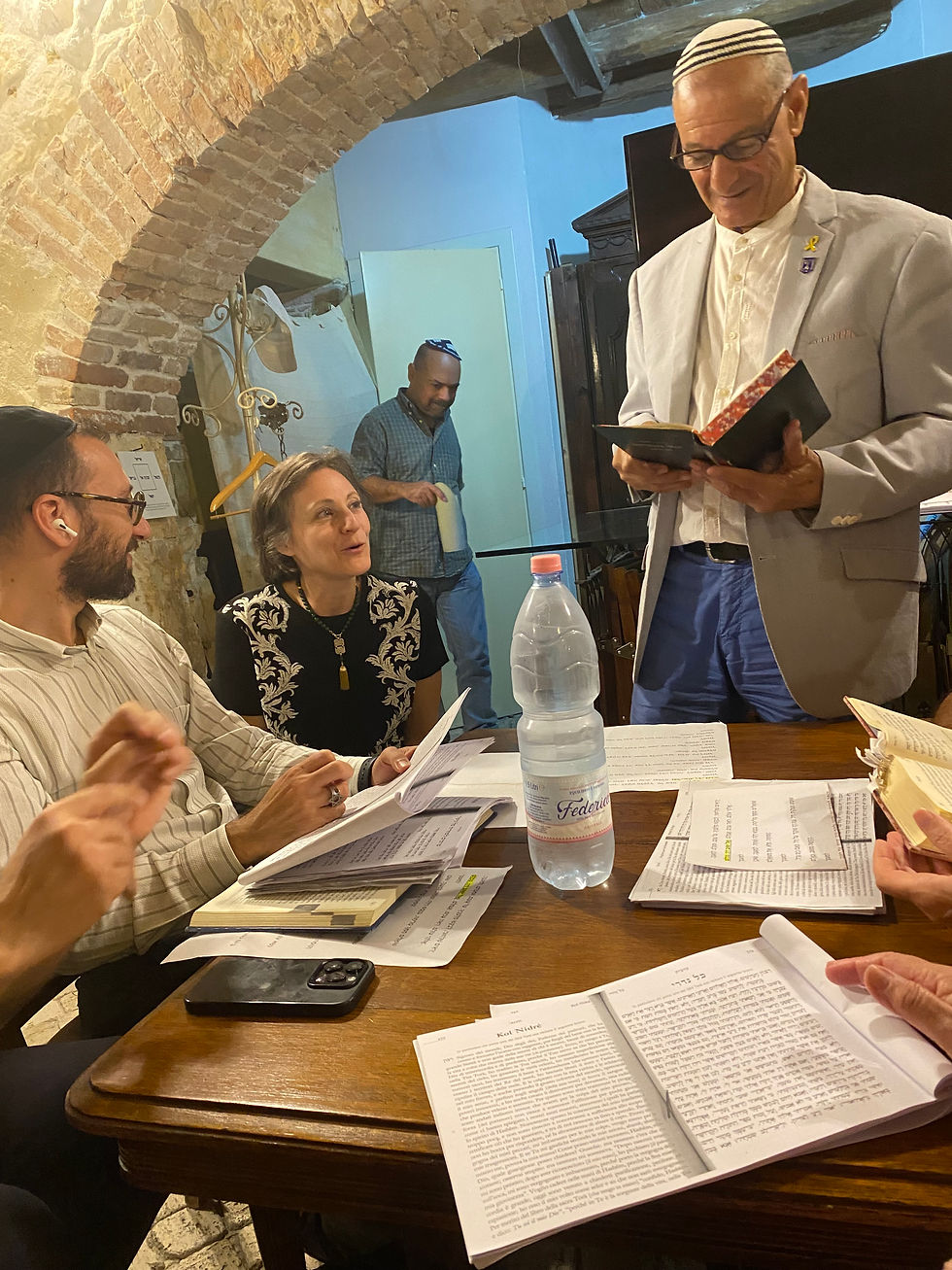
Yacob-Jacki Levy - a tall thin vivacious Israeli Yemenite, born in Rechovot, who has been anchored in Cagliari for the past 40 years, greeted us warmly, upon our arrival, at the tinny room, in between trinket stores, which hosts the Jewish museum, at the Costelo quarter.
Apparently Levy who in addition to serving as a Money Changer
(shop at via Napoli 8 )for his livelihood, has also been serving as the unofficial cantor of the tiny congratulation, chanting for the incidental Jews attending Friday/Holiday services,

It was a "unique" experience to hear for the first time a Yemenite chanting version in the company of only 6 men (including David) and 3 women (Including me),
The other incidental guests were a women from Brussels, a Parisian film producer, and 5 locals of whom one was a Geography Professor. and the others
were 2 converts, who one was amazingly reciting the preying in Hebrew.
Mario- the distinguish, Italian only speaking Museum President, had kept walking in and out of the stuffy claustrophobic room, during the long chanting. At some point he handed a water bottle to the participants, around the prayer table, which Yakob hurried to remove.
Toward end of the evening, when we were relieved to be back in the street, we caught Marion sitting at a next door Bar drinking beer with a friend, while the rest were still subjected to the lengthy loud yodeling of Yacob..
When Mario saw us departing, he paused his bear drinking, got up and warmly kissed us both on the chicks, thanking us for attending... and that was the extant of my understanding of his cascading Italian...

At the Santa Croce Square at the Eve of Yom Kippur

Some of Cagliari's Archeological Delights


Half carved in the bedrock, while the rest built (1st and 2nd AD ) in local white limestone, with a facade surpassing 20 m in height,the crumbling amphitheater is inserted in a natural valley on the southern slopes of the Hill of Buon Cammino, which is quite a climb.
The 10,000 sitter is the most important public building of the Roman Period. in town.
It housed fights between men and animals, of gladiators and other specialized fighters recruited in and outside Sardinia. It was also the seat of public executions.
The bleachers, the arena, the corridors (ambulacra) and the cages for wild animals (claustra) along the corridors around the arena, are all in view.
It ceased to be in use starting from the 5th AD and was subsequently used as a free stone quarry. The arena can only be viewed from the street as a restoration work, has been going on for a while.
The view from the Amphitheater Hill
Stampace - Proletarian Quarter

The oldest area of the town, still today preserving age-old traditions. Up until fairly recently the district housed the true being of the Cagliari people: carpenters, cobblers, woodworkers, smiths. still today preserving age-old traditions.
A modest district lacking monumental palaces and large residential complexes. except the presence of numerous churches.
La Marina Quarter - By the Sea
Overlooking the sea, the Marina district, the quarter was designed by the Pisans in 1200
as an area intended to house warehouses and homes for those who worked at the nearby port of Cagliari..Once it housed the port workers, customs officers, fishermen and the lower classes of Cagliari.

later it was modernized by the Spanish and demolished starting from the second half of the 119th c to make way for the three important road axes - Via Roma (beyond which is the port), to the east Viale Regina Margherita and to the west Largo Carlo Felice.
Now a days La marina is the heart of nightlife, its allyes are filled with reastaurnta ane
trinket shops.
The guided walking tour, we joined, lead by Julia - a local great guide - started here: in this quarter at Piazza Yenne
Free Walking Tours in English start at Yenne square i
2 hours walk , given 3 time a week at 10:00 am from the focal point at Piazzza Yenne

The focal point of the Marina district, in the town's center is the small Piazza Yenne. adorned with a statue of King Carlo Felice, who marked the beginning of the SS131 cross-island highway, from Cagliari to Sassari, a project for which the monarch is best remembered. for.

The square which is placed in the center of town in most important cross-roads, at the edge of Castello,.between Marina and Stampace, quarters, is surrounded by narrow streets dotted with craftman's shops, restaurants, pizzerias, ice-cream parlors, bookstores, churches and nightspots.
On Via Roma

The New Town Hall -Palazzo Civico
The white calcareous rock stone gorgeous building, which rises above the harbor, was inaugurated in 1907 .
It is inspired by Catalan-Gothic and Art Nouveau styles. and is graced with art deco embellishments. On the front gate, a bronze eagle holds the coat of arms of Cagliari

It was severely damaged during the WWII., and rebuilt between 1946 and 1953
The Elegant Buildings with shopes under at its loggias on Via Roma


Via Roma Elegant Buildings
The main street which runs along the sea-front, opposite the harbor,
After the demolition of the old walls which protected the Marina quarter from raids by enemy fleets, via Roma gradually became an elegant promenade with gorgeous buildings, cafés, shops and a high-end department store, under the arcades
The harbor

The Harbor is loaded with Cruise Ships

Villanova - the Old Rural Quarter

The youngest Historic Quarter
Villanova is the area of Cagliari extending towards the countryside.with unexpected gardens or vegetable plots adjacent to the traditional one-storey houses.
Surrounded by walls it was considered an elegant place to walk for the peasant and rural bourgeoisie.
The narrow alleys were flanked by humble abodes and intermittent retail establishments. These dwellings were encompassed by lush vineyards, fruitful orchards, and blossoming gardens. In the Post World War II, the area underwent an expansion that encompassed Via Sonnino and Via Dante., and addition of modern buildings.
Now a days it is considered one of the liveliest and most popular in town,
In the Villanova, just around the Palazzo Duglio Hotel were we stayed, the early Christian (5th–6th c) domed Basilica of San Saturnino, or SS. Cosma e Damiano, rebuilt in the 12th c, worth the visit
The Hotel we stayed in Villanova

Vico Logudoro, 1, 070 64640
The contemporary designed hotel is located in a walking distance to the historic center of town


The hotel's interior square is a very popular lively hang out place at night overflowing with locals and tourist, enjoying the played music and food served in the various restaurants.
A more somber atmosphere can be attained at the historical Basilica around the corner.

The oldest church in the capital, laid out in the form of a Greek cross, in Byzantine-Proto-Romanic style, between the 5th and 6th c, together with the necropolis on which it was built,
The martyr, Saturnino who is the patron saint of Cagliari, the legend tells that he was decapitated in 304 AD for refusing to deny his Christian faith



EXMA -
The colorful large block building on the corner of via San Lucifero and via San Gregorio Magno, which we passed by almost daily going from and to the hotel was recycled into a cultural center, It was once a modern slaughterhouse , built in the 19thc on the edge of the town, surrounded by fields, at the time, and was operative until 1964

On Via Garibaldi

A story of Kindness
The challenge to change a dead buttery in my Longines watch, annoyed me.
My efforts to do so in various Jewelry places in the UK failed, so finally when I stumbled upon a watch repair shop on the Garibaldi St - main pedestrian street in the historic center , I tried my luck , once again..
The persistence of a wonderful Italian jeweler/watch repair, who worked hard for over 30 minutes, to open the tricky watch was impressive. With the help of "ask Goggle" He figured out the challenge, and manged to replace the dead for the new buttery which I had with me, yet, to our sheer surprise refused to be payed.

So we bought him a gift, and returned to his store to repay his kindness and generosity. and to take a photo with him
MetalGold SRL
Luigi Anedda
Via Garibaldi 23. 0704641179
metagold@gmail,com
In Sant" Avendrace Quarter above not far from the pond of Santa Gilla
Archeological attractions symbols of the ancient city of Cagliari, worth visiting are:
Tuvixeddu - Phoenician-Punic Necropolis,
the largest in the Mediterranean
At the end of an upscale residential neighborhood , doted by colorful beautiful houses below the Castelo, nests a huge archaeological area curved in limestone rocks on top of the Tuvixeddu hill.



tuvu means ‘little hole’/cavity." referring to a myriad of tunnels that cover most of the 18 hectares rock bed. The Carthaginians decided to bury their dead here, creating the largest existing Punic necropolis, comprised of around thousand ‘well’ tombs,used from the 6th to 3rd BC and then reused in Roman times
The Punic necropolis served a large inhabited town that extended from the foot of the hill - now the Sant’Avendrace district - to the eastern shore of the Laguna di Santa Gilla
The lagoon of Santa Gilla, also called the "pond of Cagliari", is one of the most important wetlands in Europe. Santa Gilla has been inhabited since the Bronze Age and has undergone many changes throughout history.
The View from the Necropolis Hill

Another archeological delight is:

Grotta della Vipera- Cave of the Viper,
The burial cave was built by the roman Lucius Cassius Philip (consul 107AD) in honor of his wife, the matron Atilia Pomptilla, in 2nd AD and is decorated on the outside It was known already in the 7th c as Crypt serpentum, a Roman funeral hypogeum in the Sant’Avendrace avenue, near the Phoenician-Punic necropolis of Tuvixeddu,
It owes its name to the presence of 2 vipers carved on the architrave of the facade, on the sides of a triangle.
representing eternal life and the immortality of conjugal love, it could be they are symbols of Mother Earth or a reference to the cult of Isis.


Spiaggia del Poetto - Cagliari Poetto Beach (East of the historic cente)
Is where most of the locals spend their free time. The sandy shore stretches from the Sella del Diavolo promontory to the Quartu Sant'Elena shoreline and is dotted with palm trees and bars and restaurants, which are still known as food stalls,
Calamosca Beach - another popular sand and pebble beach only 4 km away

Set in a splendid bay overlooked and sheltered, almost protected, by two impressive promontories: to the east is Capo Sant'Elia, dominated by an ancient lighthouse, to the west is the fascinating Sella del Diavolo (Devil's Saddle), named for its peculiar shape which legend has it was the place where Lucifer landed when he was thrown out of heaven.
Unusual Posts hung around Town
FOOD

Market of San Benedetto in Cagliari,
the largest covered food market in Italy,
built in 1957 in the Villanova quarter
The exterior of the building is very non impressive, but the indoors offers fresh fish, meat, cheese, sweet treats, fresh pasta, fruit and vegetables.
That is the place the locals shop in.

Via Roma, 1 070 658900
Best Ice-Cream in town
Best coffee place /Patisserie in town
Ditrizio Patiseria - Via Francesco Crispi 21. Tel: 070 64 97742
Restaurants

Località Spiaggiola S.Elia, 070 371927
This excellent Sea Food establishment and known to many locals, is nested on the sea-shore, about 15 minutes car drive west, and it is great to have lunch with the sea views.



Antica Cagliari.Restuarant - In the Marina quarter
49 via Sardegna 070 734 0198
Situated in an ally at the Marina quarter, Antica Cagliari (not to mix with another Antica place) is a very good restaurant popular with the locals.
Antica Cagliari Bistro ...next to the Restaurant…
Via Sardegna, 63. 070 662405
Stella Marina di MonteCristo - in the Marina quarter
Via Sardegna, 140, 347 578 8964 Traditional Sardinian Food
This sea food restaurant which offers only fix menu, is very popular by the locals, and is hard to reserve, as it is dedicated to Gigi Riva. (1944 – 2024) who lived in Cagliari and who was an Italian football player. for Italy national team, He is considered one of the best Italian footballers of all time. Giacomo the restaurant's chef/owner was a good friend of the sport icon
The memorabilia and decor of the restaurant is all dedicated to him and football
In 2024, Riva was hospitalized at the San Michele Hospital in Cagliari because of acute coronary syndrome and died of a heart attack the next day at the age of 79

Cafe Libaruim Cucina - Inside the Costello Via Santa Croce, 35
On a hilltop terrace with wonderful views over the city & the sea.

Sa Schironada - at Marina quarter
Via Lodovico Baylle, 39
Typical Sardinian Food

Antico Cafe
Piazza Costituzione, 10
Right in the historic center on the square across from the majestic San Remi Gate.
Good for lunch and evening ambiance

When finally the girls/grands arrived in Sardinia, and before we continued with our family trip to the northeastern part of the island. we stayed at H RM hotel for one night,
H RM -Hotel Regina Margherita
Viale Regina Margherita 44 39070670342
A very decent hotel very close to the Costello historic center, .
Lunch at Antico Cafe

Following the arrival of our daughters and the mutual one night stay in Cagliari, we all continued, for a fabulous one week stay, at the stunning Villasimius Beach (see post here) at the Southeastern tip of the island. And Once both the daughters departed, and prior to our flight to California we stayed 2 more days in Cagliari.
Travel Challenge..
Beside the Taxi not showing up at 4::30 am to pick us up to Caligiari airport for the 6:30 am flight to Rome, though we did pre-order and were also promised that Taxis are in service 24 hours, at the Yenne square we stayed next to, all went well miraculously.
Luckily, an Uber Taxi (yes.. Uber services in Cagliari) which was pre-order by 2 Turkish guys, who were out in the street, that early hour, to be picked up, for the same flight ,
agreed with these guys' kind consent, to take us all to the airport.
Thus thanks of this kind gesture, we made it on time for the one hour flight segment to Rome,, which also luckily departed and arrived in Rome on time
By the way the cost for seniors on the internal flights from Sardinia to the main land is half the price.
However we worried we wouldn't have enough time to catch the 9:15 am continuation flight to SFO, since the 2 ITA flight segments were separate bookings, and only hour and a half time frame, for retrieving our luggage in one terminal, and readmitting it in another, getting the boarding passes and making it through security and passport control was quite tight. ordeal. But we did it... and were the last to board the plane.
It was our first time transatlantic flight with ITA, which was great.
Through Oct ITA offered 3 flight a week to SFO, but as the end of this moth it will fly only once a week during the winter season..
A voyage that started on Sept 1oth came to an end. We safely landed in SFO on Friday afternoon Oct 25th and were welcomed by a heat wave (80+ F) "with the potential for temperatures to soar into the 90s or higher in San Francisco and along the Bay Area coastline"
Blazing Sun down in the Bay area over the Bay and Golden Gate Bridges

In addition to the felt "Sizzling weather", the news, reported,later on the night of our arrival, also of the blazing flare-up, thousands of miles away, but close to our hearts,
at the Middle East front. About hundred Israeli air force planes were engaged.

Israel's retaliatory strikes of Iran - Israel struck military sites. in 3 provinces, including Tehran, causing “limited damage.” and also in Syria and Iraq..


Though this strike launched against one of the most world's evil regimes, cruel to its own Iranian citizens, but also obsessively dedicated to the annihilation of the only Jewish Democratic state , is well deserved,
Israelis as also us, full -heartily do yearn for a Ceasefire ,Regional Defense Agreements and calmness for the entire region. May this insane war stop and may these wishes be fulfilled much sooner than later.. And may this exotic region becomes once again a safe and worthwhile to live in and travel through..
THE END



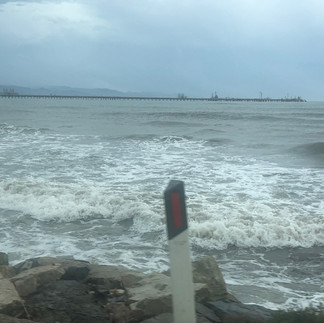


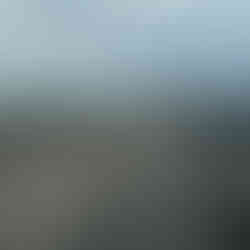



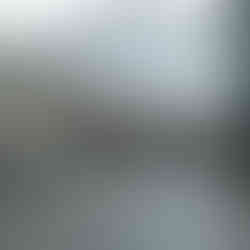

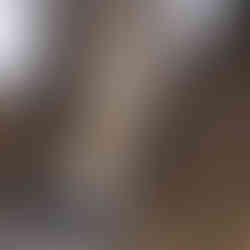






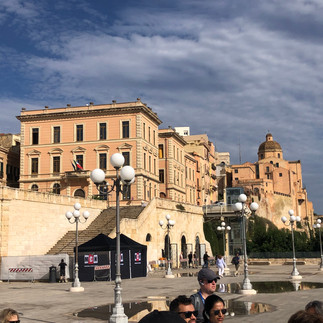
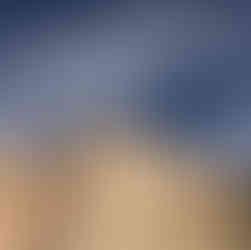

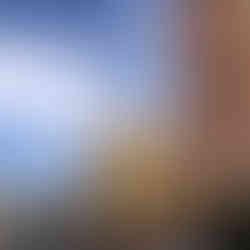



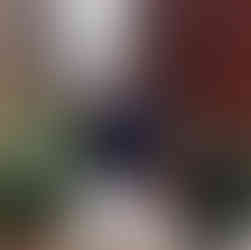















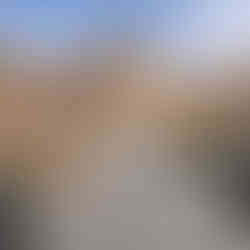






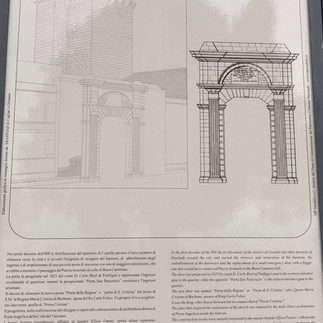

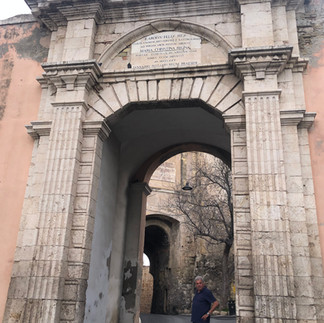











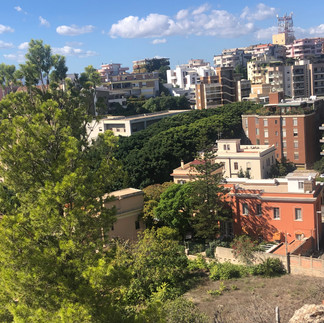
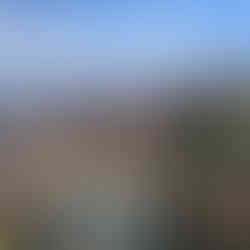






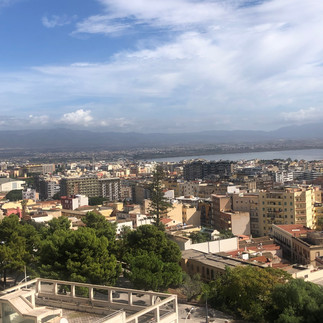

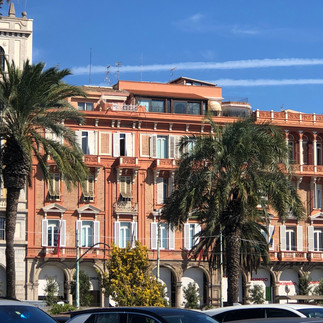

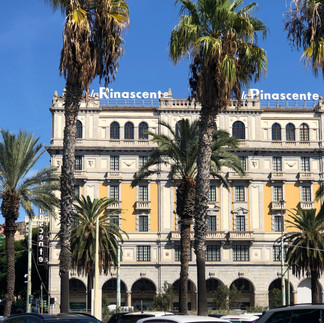

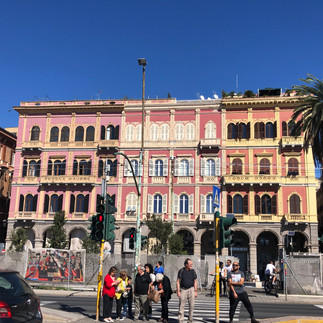

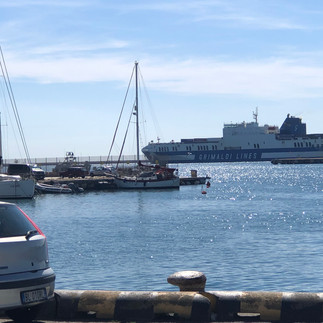


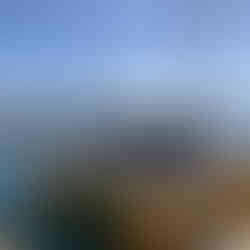

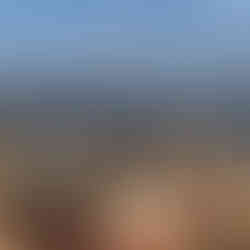


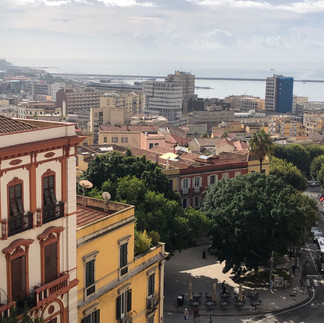
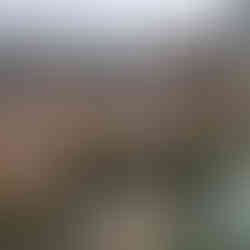




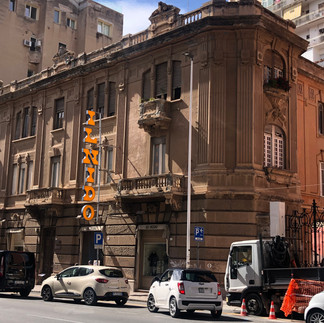










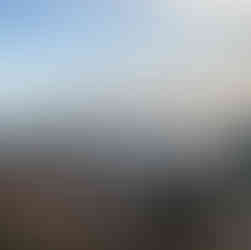

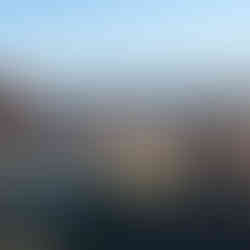










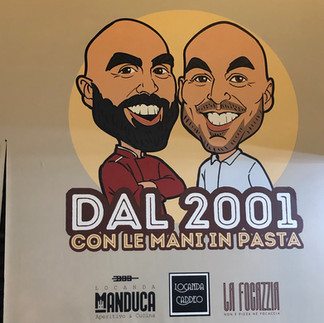





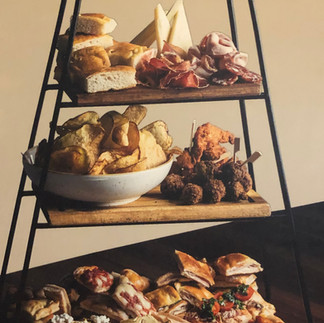








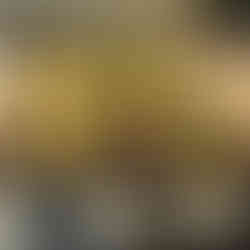






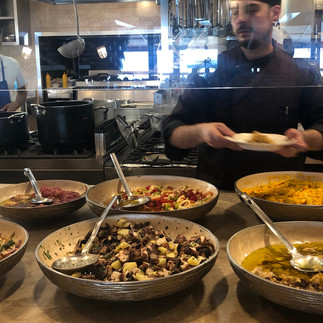


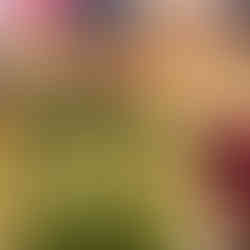


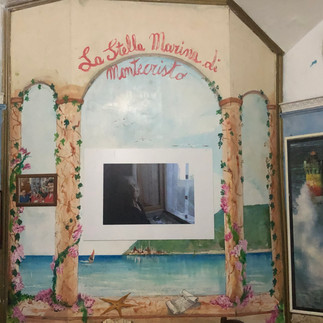






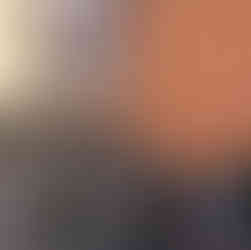


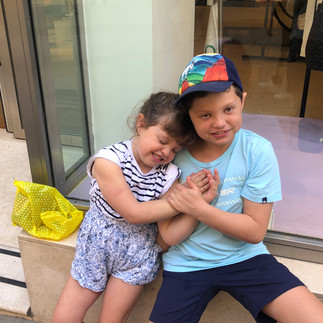
Comments